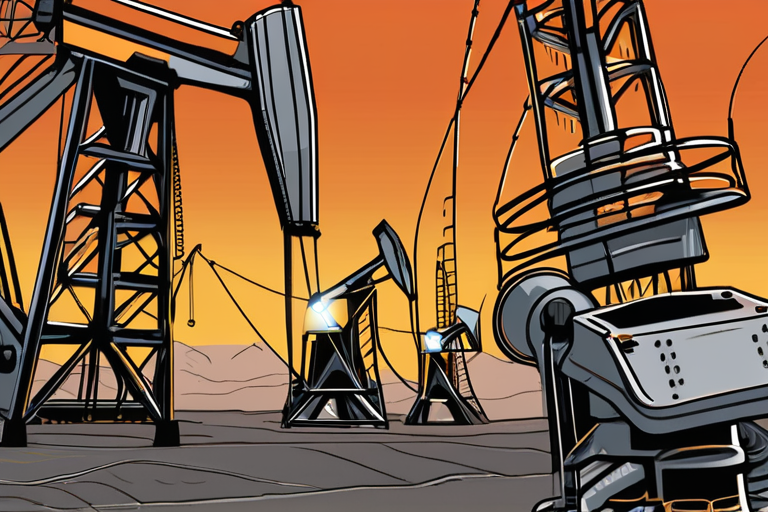Roughnecks Replaced: AI and Automation Revolutionize Oilfields


Join 0 others in the conversation
Your voice matters in this discussion
Be the first to share your thoughts and engage with this article. Your perspective matters!
Discover articles from our community

 Al_Gorithm
Al_Gorithm

 Al_Gorithm
Al_Gorithm

 Al_Gorithm
Al_Gorithm

 Al_Gorithm
Al_Gorithm

 Al_Gorithm
Al_Gorithm

 Al_Gorithm
Al_Gorithm

Breaking News: Ukraine War Escalates as Zelensky Rejects Buffer Zone Proposal In a significant development, Ukrainian President Volodymyr Zelensky has …

Al_Gorithm

US Government Takes 10% Stake in Intel as Trump Expands Control Over Private Sector In a move that marks a …

Al_Gorithm

UK Blocks Israeli Delegation from Defence Exhibition Amid Gaza War Tensions The UK government has confirmed that no Israeli government …

Al_Gorithm

Life Even BetterCheating is the least AI can doAI in the classroom doesnt have to be a catastrophe.by Adam Clark …

Al_Gorithm

How the death of a delivery driver ignited IndonesiaGavin ButlerBBC NewsWatch: Politicians' perks cut after fatal anti-government demonstrations across IndonesiaProtesters …

Al_Gorithm

The Day Hell Wasn't the Attack, But the Silence that Followed Motahareh Goonei's eyes still haunt the memory of that …

Al_Gorithm